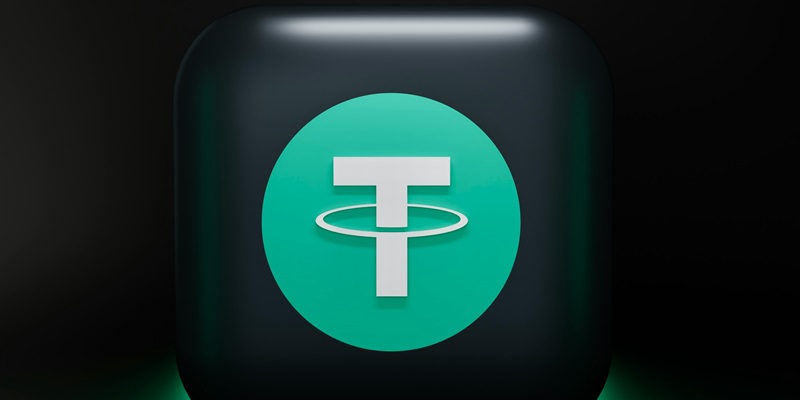In the crowded landscape of cryptocurrencies, Tether has made a strategic decision that sets it apart from many of its competitors: instead of launching its own native blockchain, the company has opted to focus on integrating its stablecoin, USDT, across multiple existing blockchain networks. Tether’s approach is driven by a clear recognition of the saturated market, where over 306 blockchain networks are already fighting for attention and differentiation. As the largest stablecoin issuer with USDT boasting a market capitalization exceeding $117 billion, Tether is choosing to remain "blockchain agnostic," leveraging the security and sustainability of established blockchain protocols rather than adding another platform to the crowded space.
A Strategic and Practical Decision
Paolo Ardoino, Tether’s CEO, articulated the rationale behind this decision in a recent interview with Bloomberg. Ardoino pointed out that while Tether possesses the technical capability to develop its own public ledger, the firm believes that doing so would not be advantageous given the current market conditions. The vast proliferation of blockchain projects since Bitcoin’s debut in 2009 has led to an environment where new networks struggle to distinguish themselves. This saturation has commoditized blockchains to some extent, making it difficult for new entrants to offer truly unique solutions.
By integrating USDT across multiple existing blockchains such as Ethereum’s ERC-20, Binance Smart Chain (BSC), and Tron (TRC-20), Tether can avoid contributing to this market congestion. Instead, the company maximizes the potential benefits of established and high-performing networks. This strategy not only enhances the security and sustainability of USDT transactions but also provides Tether users with greater flexibility. They can choose the blockchain that best suits their needs, rather than being confined to a single network.
Broadening Reach and Enhancing Efficiency
Tether’s strategy of blockchain integration over launching a native blockchain is further exemplified in its recent expansion of USDT support to Aptos, a new network known for its transaction speed and scalability. This move aligns with Tether’s ongoing efforts to broaden its reach and enhance transaction efficiency. By adding support for Aptos, Tether is able to offer its stablecoin on a network that can handle a high volume of transactions swiftly and effectively, catering to users who prioritize speed and scalability.
Beyond its flagship stablecoin USDT, Tether has diversified its offerings to include other fiat-currency-pegged stablecoins. These include assets like the Chinese yuan (CNH₮), European euro (EUR₮), and Mexican peso (MXN₮). The company also recently announced plans to introduce a new stablecoin tied to the United Arab Emirates Dirham (AED₮). This diversification allows Tether to tap into various markets and meet the needs of a global user base, further solidifying its position in the stablecoin sector.
Focus on Flexibility and Security
Tether’s decision to integrate USDT with existing blockchains reflects a broader strategic vision focused on flexibility and security rather than market saturation. By not aligning itself with any single blockchain, Tether maintains the ability to adapt quickly to changes in the market landscape. This blockchain-agnostic approach ensures that USDT remains a versatile and widely accepted stablecoin, capable of operating across multiple platforms with high levels of security.
Furthermore, Tether’s focus on security is underscored by its integration with reputable and well-established blockchain networks. These networks have undergone extensive testing and have proven their resilience, offering a reliable foundation for USDT transactions. This emphasis on security is crucial in the volatile world of cryptocurrencies, where stability and trust are paramount for users and investors alike.
Maintaining Leadership in a Saturated Market
In the bustling world of cryptocurrencies, Tether has taken a distinctive strategic path by deciding against launching its own native blockchain. Instead, the company focuses on integrating its stablecoin, USDT, across a variety of existing blockchain networks. Tether’s decision stems from a keen understanding of the saturated market—over 306 blockchain networks are already vying for attention and unique differentiation. With USDT’s market capitalization standing at more than $117 billion, Tether is the leading stablecoin issuer. The company chooses to remain "blockchain agnostic," which means it leverages the security and sustainability of established blockchain protocols instead of adding another new platform to the already crowded space. This strategy allows Tether to provide a stable and secure transaction medium across multiple platforms, ensuring wide accessibility and reliability. By doing so, Tether not only strengthens its market position but also enhances its utility and appeal across various blockchain ecosystems, setting it apart in the competitive crypto landscape.

